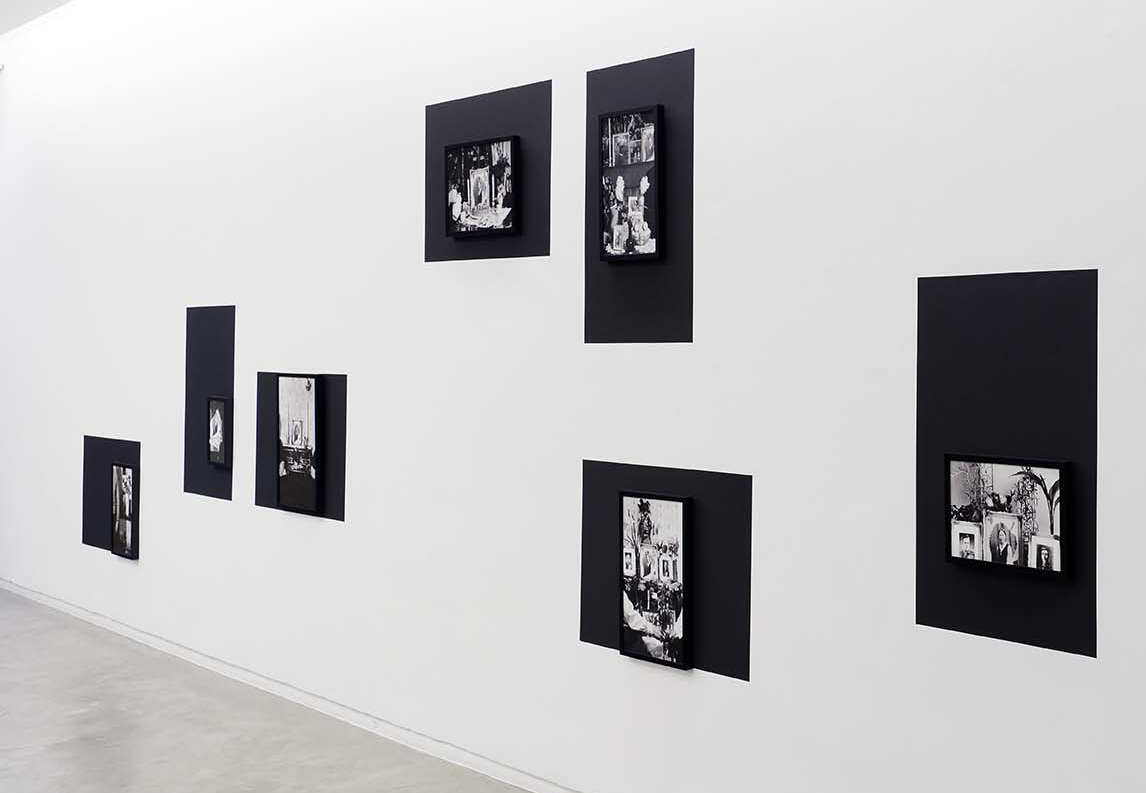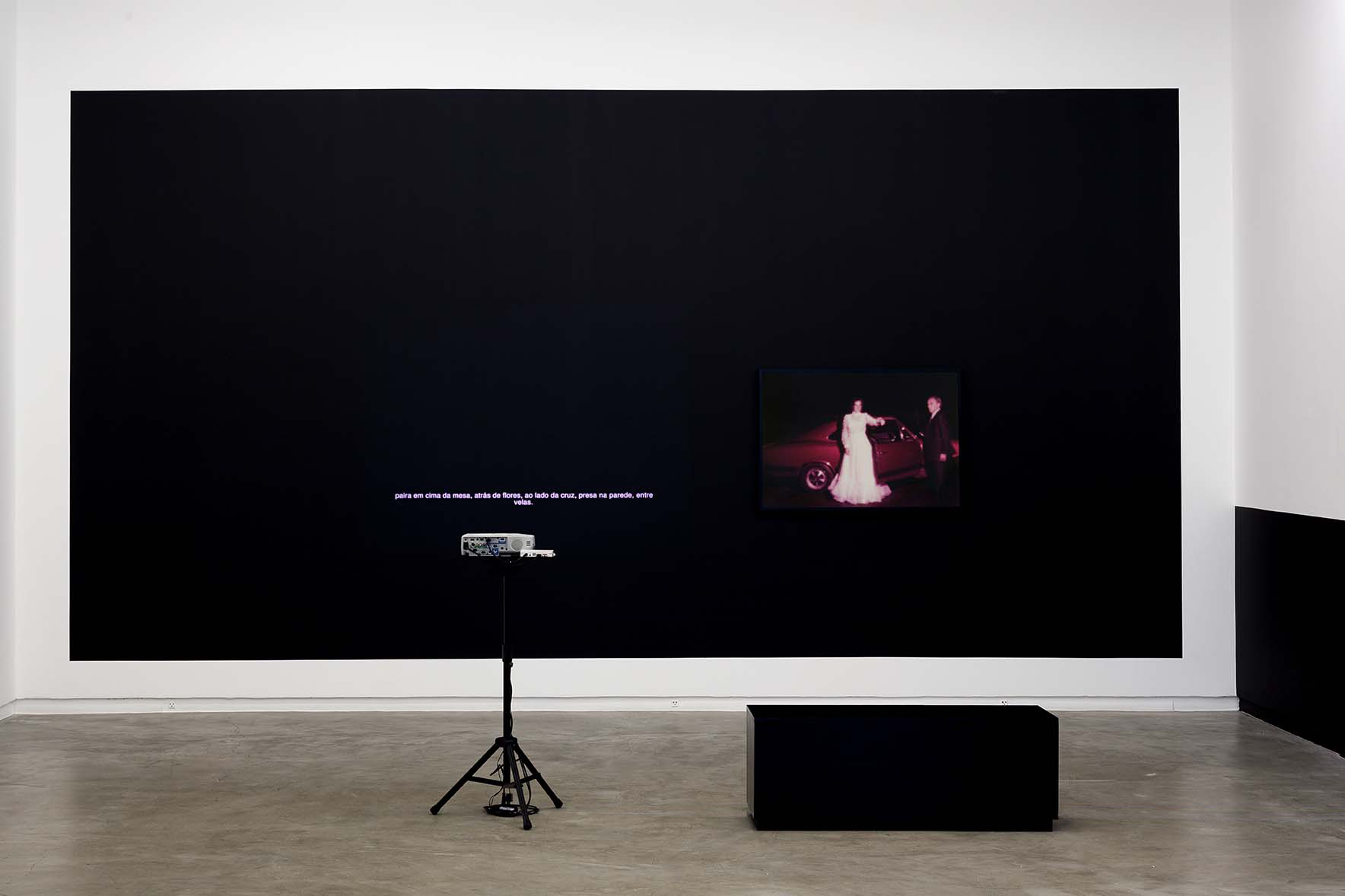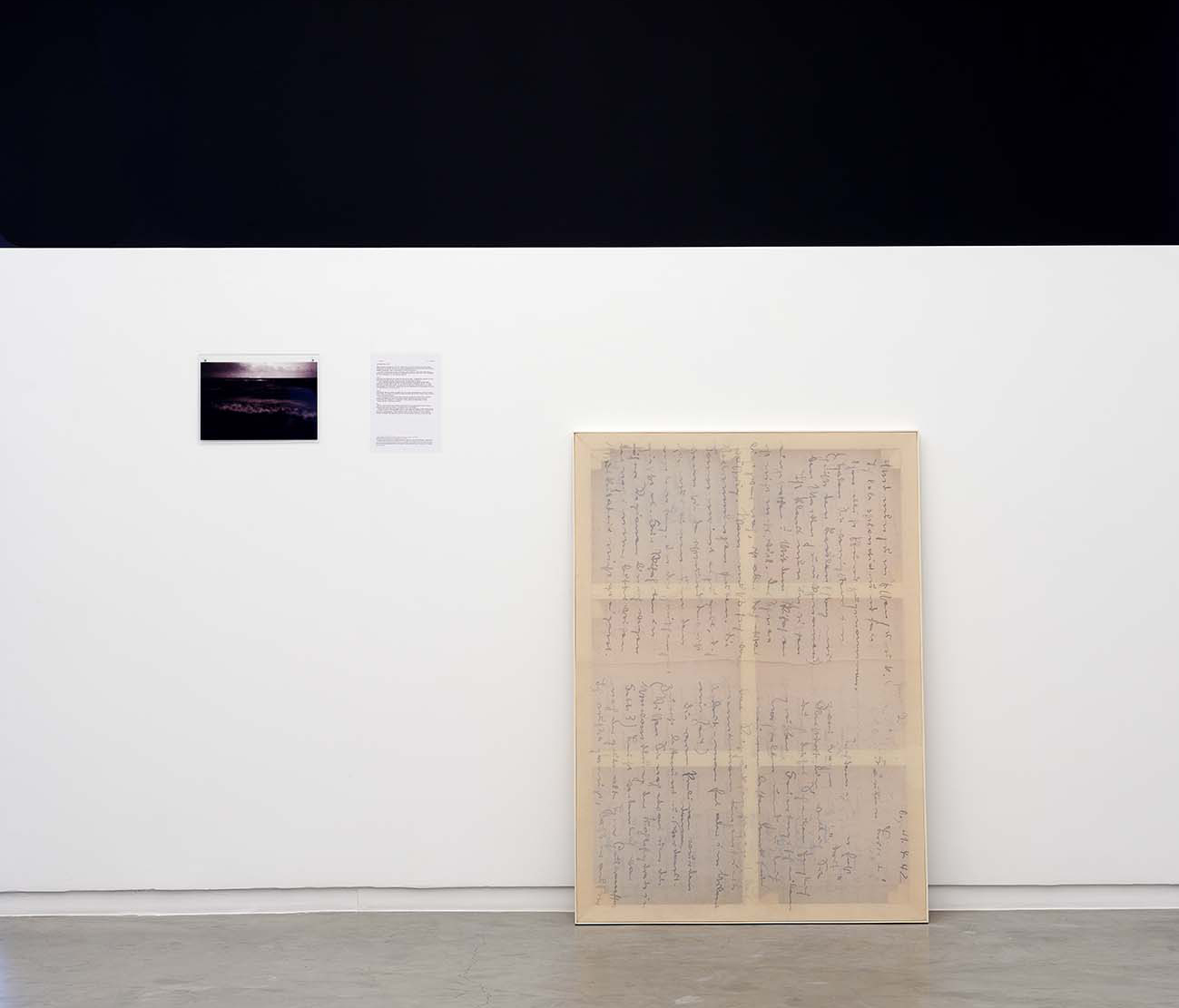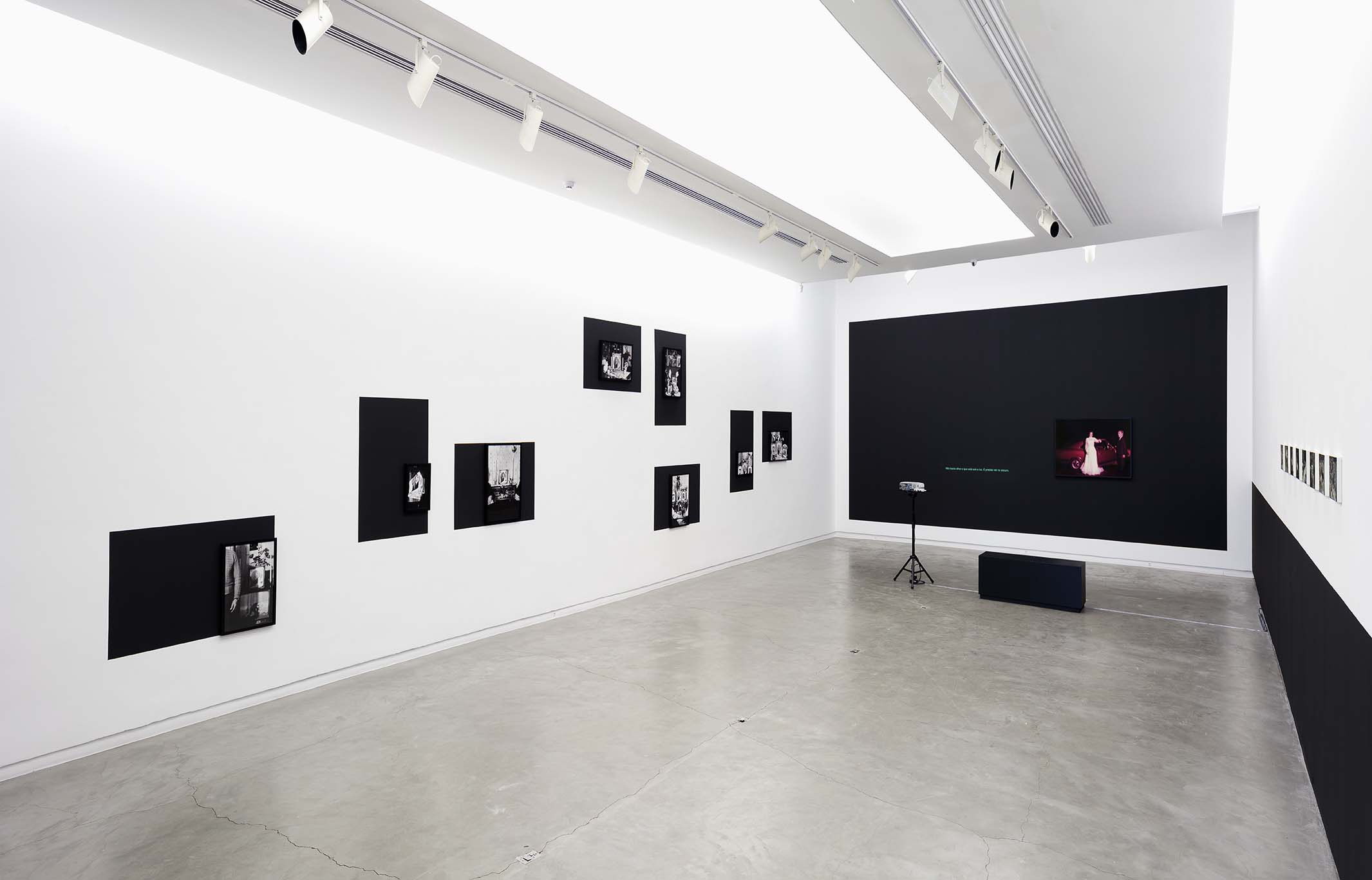To see in the dark
Solo exhibition
Galeria Silvia Cintra + Box 4, Rio de Janeiro, Brazil, 2017
 To see in the dark, 70cm X 105cm each (series of 8), digital photo print on paper, 2017
To see in the dark, 70cm X 105cm each (series of 8), digital photo print on paper, 2017
 Las Meninas (2001-2017), 76cm X 110cm, digital photo print on paper, 2017
Las Meninas (2001-2017), 76cm X 110cm, digital photo print on paper, 2017
 Letter in German 1942 (Port of Naxos 2006), various dimensions, print on silk & glass, xerox, 2017
Letter in German 1942 (Port of Naxos 2006), various dimensions, print on silk & glass, xerox, 2017
 A lover´s discourse, 17cm X 25cm each (series of 8), print on enamel, 2017
A lover´s discourse, 17cm X 25cm each (series of 8), print on enamel, 2017
In the exhibition To see in the dark, Laercio Redondo returns to the question of collective memory and its erasure through four different readings inspired by fragments from the artist’s personal archive collected over the past 17 years. These fragments were garnered on different occasions where these materials, which were originally intended for disposal, would have been left to deteriorate or to disappear altogether.
The exhibition consists of photographs, letters, texts and a film that form a delicate web of supposed echoes of the past resonating in the present. All the components of the exhibition – a letter written in German, dated 1942, that the artist found floating in the sea in a Greek port in 2008; a series of photos of a couple taking pictures of each other on holiday; portraits of a daughter who never returns to her parents’ home during World War II; a fragment of a Super 8 film of a debutante ball in 1974 – are presented in a reworking of their original contexts and supports. These seemingly scattered histories of people and distant places encourage a reading of a collective history from the singular point of view attributed to each of these characters.
The exhibition also features an original text by philosopher Pedro Duarte on the issues raised by vestiges of the past that echo in the present, in a dialogue with the artworks in the exhibition.
Images gone astray
This is the natural fate of things: to disappear, to die. Chance, though, spares one here, there another. In these things resides a small world against the world at large. These are not edifices raised up out of human architecture. They are debris, leftovers, vestiges. They are odds and ends left behind on this earth by the movements made by men and women in the course of their lives: a dance, an exile, a love, a letter.
Bits and pieces that would end up in the refuse, or that came from the refuse. History’s cast offs that tell another story. Of the past that may have passed, but turns up in fragments: a frame of a Super 8 film found during a move or a portrait lost in an old chest, photographs that turn up in the building’s waste bin or letters glimpsed from the port, floating out at sea. All about to sink forever, but appearing for an instant on the surface, challenging the eye to register minute details. Nothing shouts, but barely whispers to be seen.
These images are the work of a historian convinced he is acting as a diviner peering into the past. He has to show what happened, where it is missing. What was the dancing girl thinking about? What were the dreams of the woman with the steady gaze? How did the couple strolling by the river live? How did the sender of a lost letter relate to its recipient? We never know. The dead will not be safe while the enemy still wins, and, as one German philosopher once said, the enemy keeps winning. We are left with hope, although no longer in the future, but in the fragments of the past. We have a long past before us, a Brazilian humourist was just saying. A secret encounter seems to have been arranged between previous generations and our own. We still breathe the same air as that world that has ended, and that never stops ending. I miss a future that never was. Precisely because it never was.
That is why we go on being haunted by our past, like the family of a woman whose portraits are repeated throughout the rooms of the house. The dead woman’s image moves back and forth, wandering like a ghost, but also a witness to horror. The personal experiences evident in the archaeology of this tradition are permeated by social experiences. For every light that that makes an image visible, there is a black darkness that obscures many others. Each time somewhere different in the house, she looks at us, while we look at her. She is watchful of everything from the depths of the past, a disembodied soul that lurks above the table, behind the flowers, next to the cross, stuck on the wall, between candles. Wherever you look, there she is. Wherever you look, there is the past: it wanders with the family, endures in the canvas, remains in the refuse, floats in the sea.
Nothing that is sent arrives as it was, neither the past at the present, nor the letter at its destination. We are made of stray stuff. A journey not just in space, but through time. The fear of losing, of losing ourselves, of losing you. Forgetting, however, does not erase memory; it is its opposite. We remember only that which we forget. And alongside the image, if of happiness, dwells the void. It is not enough to look at what is under the light. You need to see in the dark. Traces of the world: like the ink on the paper that, when plunged into sea water, threatened to disappear. Salvaged at the last possible minute: earlier and it would not have been there; later and it would have sunk. Between the lines of history, there we are. Alone. Under the heavens. Before the ocean. Fleeing. Laughing. Lyrical with life within the dryness of the world.
Pedro Duarte
Rio de Janeiro 2017
Photos:
Jaime Acioli

